Though this piece began as the books I loved in 2023, as the number of books about traveling overpowered other categories, I decided to dedicate an entire blog post to the best travel books to read.
Here you will find all kinds of books on traveling: including some on traveling within one’s room and another one on setting up a home in a foreign country. Some books are as old as 1794 while others are from a couple of years ago. The list has solo walking adventures, solo mountaineering on horsebacks in the old-day Persia and current-day Iran, one is of a lone woman biker, one of a tramp, and there are even artists sharing their traveling experiences (or vice-versa). I have also kept two fiction travel books. They were so good, they belong here. Irrespective of their variety, all these books on travel have the same intention: to share one’s experience of exploring this wonderful magical world.
I’m still to add many more books to this list, but until then, enjoy.
Of course, the list of books that changed my life is a must-read after you have checked this one out.
Best Books on Traveling
1. The Art of Travel by Alain de Botton (First published 2002)
In the Art of Travel, Alain de Botton takes the readers on a journey of external and internal exploration. The author doesn’t mystify travel. Botton begins the book by introducing travel as an uncomfortable endeavour in the unknown. He explores the themes of going on a journey for change, nature, and seeing the unusual and exotic while elaborating that with all these motives we still carry the self—and all its desires, imperfections, and limits—everywhere.
In the modern digital world—where any form of travel is overhyped: a trip is a series of photographs, each brighter, happier, and glossier than the previous—this book was a delicious and disconnected journey in itself. As a constant traveler, or an itinerant writer, also known as a digital nomad, I’m on the move throughout the year. With all my stuff and my partner in our car, I have been traveling through India slowly for almost three years. We stay in a place for a day, a week, or even six months. There’s always more to see, do, feel, process, and write about.
There’s no denying—as my friends say after listening to my narrative—that my life is hard. It’s privileged—I have visited as many places in a year that most people never see in a lifetime. But everything comes at a price. Often I do not have a bed to sleep upon until I find one on the internet or after getting lost in dim streets. The morning might come with fresh host troubles. About tomorrow, I cannot say much.
I’m not complaining about the hardships, but I often write about them. As I do in this essay on judgment in which I am brutally honest about how our lifestyle fetches harsh criticism from people who may have seen us for the first time a moment earlier. So I loved Botton’s honesty in delineating every aspect of a short or long trip—starting from how hard it is to leave one’s home and its unmeasurable comforts but not ending with how we frame the unknown as charming while what’s around us stays unexplored and unnoticed. Throughout the book, he uses examples of legendary artists, adventurers, and writers, learning about whom was delightful in itself.
The Art of Travel is comforting and clever with its eloquent elaboration of moods, travel compatibility (or the lack of it), loneliness, the habit of having habits, and other human traits that make travel hard. It is an essential travel book to read for not only those who travel or want to understand this need to see, but also for those who want to learn to notice what is already around them, understand the effect of a stunning landscape on a human being, want to live and experience more deeply, and—who sometimes cancel a trip to remain home.
I am thankful to Botton for helping me name many of the feelings that surge through me while on a journey and introducing me to a constellation of classic and neglected authors I have started reading.
“I was looking for beauty. ‘Delight and enliven me’ was my implicit challenge to the olive trees, cypresses and skies of Provence. It was a vast, loose agenda, and my eyes were bewildered at their freedom.” Alain De Botton
2. To The River by Olivia Laing (First published 2011)
To The River is a memoir of the English writer Olivia Laing walking along the river Ouse: from its source until it joins the sea in England.
Olivia Laing lives through the experiences she wants to write about (as she did in The Lonely City) and then pens them down, interweaving her own journey with history, relevant art, and related stories. Here she talks about the importance of rivers, why she returns to Ouse, and then goes on to describe the history of the river and the lives that revolved around it, including the circumstances of the suicide of Virginia Woolf who drowned herself in Ouse sixty years ago. The folklore and mythology associated with the river and its surrounding landscape help paint a picture.
The way Olivia lets her loneliness in the wake of a breakup trickle into her long and live walking journey along the river and shares how the past seeps into our present, making the flow of our lives look much like the continuous flow of a river, was what kept me hooked. At times it was a lyrical, poetic, and sublime read as if I was walking beside the river too, the gush and gurgle of her ceaseless current connecting my memories, past, and present in a meaningful note only understandable to me. I love to do day-long walks, and so this book called out to me in ways my own journey on my feet does. (I need to do a post about walking and its affects on me soon.)
What lies beneath the surface of the river? How does our past affect us? Why does walking bring up so many thoughts? The book inspired these questions and provided some answers too.
“As I rose I saw a deer drinking. She didn’t see me as she climbed the bank; then all of a sudden she did. Her hindquarters bunched the way a horse’s will, a motion I knew with my own muscles as the prelude to a buck, and then she sprang away. She moved in an oddly rigid, rocking-horse gait, bounding on stiffened legs across the track and into the darkness of the wood. She was neither rare nor extraordinary, that deer. There were thousands like her, as there were millions like me. But there she was, attending to her own path, which, for a moment, intersected mine. She was as unlikely as the iguanodon, and as imprisoned in time. It was a weave we were all caught up in. Beside me the stream was clicking east, relentless as a needle. A stitch in time, a stitch in time. Was there really more to the world than this? The details of the day – the cool still air, the sharp stink of garlic – were for a moment so precise that the great and hidden age of the earth seemed as unlikely as a dream. I ducked my head, bewildered, and followed the deer into the trees.” — Olivia Laing
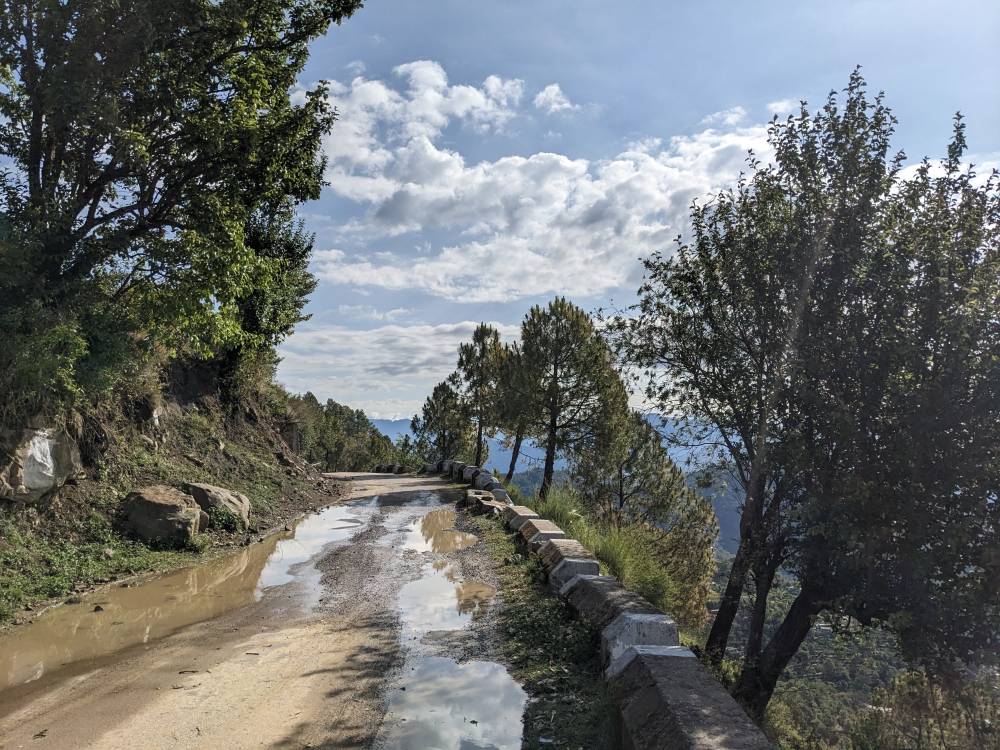
3. A Journey Round My Room by Xavier de Maistre (First published 1794)
Though the book deviates from its aim of exploring the various tunings of the author’s goal—a journey around one’s room—it’s still the account of a brave, clever, and insightful endeavor and so the book inherits the qualities of the experience itself.
Xavier de Maistre, a young French aristocrat, was confined to his house in Turin for 42 days, and this non-fiction book is an account of that time. Xavier goes on to describe his room, his bed, servants, paintings on the wall, his suppers, and even the belongings in the drawers of his bedroom. As I said, he did ramble on a bit, but the idea of enjoying our own dwelling, looking at the walls, appreciating the bed that has comforted us for years (or months), people near us whom we stop finding interesting, looking at our own selves in the mirror, and staying put a while in our space without the rush of getting outside is not only keystone to appreciating and enjoying the outdoors when we finally get there but also roots us to the ground.
In the colors of our walls and the creases of our beds, we might find some of the undercurrents of our own life too. For our room and home are a reflection of who we are, and here we can put our mind to peaceful contemplation without the discomforts of finding lodging, being stared at by strangers, or having to buy every sip of tea that goes down our throat—that was Maistre’s idea.
When you read this book you wonder why one has to go to India to find oneself. Hey, we could just confine ourselves in our room or house!
I have undertaken and performed a forty-two days’ journey round my room. The interesting observations I have made, and the constant pleasure I have experienced all along the road, made me wish to publish my travels; the certainty of being useful decided the matter. And when I think of the number of unhappy ones to whom I offer a never failing resource for weary moments, and a balm for the ills they suffer, my heart is filled with inexpressible satisfaction. The pleasure to be found in travelling round one’s room is sheltered from the restless jealousy of men, and is independent of Fortune.
Xavier de Maistre
4. Three Men in a Boat by Jerome K. Jerome (First published 1889)
Three Men in a Boat is a classic fiction novel about three friends and a dog who decide to sail down the Thames for a change of air for two weeks. What follows is an adventure because everything that could go wrong, goes wrong, and the friends do everything else apart from what should have been done. As their quagmires deepened, my laughter got louder.
This is one of the most hilarious books about travel and adventure I have ever read, and it taught me not to take life and every bit of it so seriously.
As Jerome said, “Such is life; and we are but as grass that is cut down, and put into the oven and baked.”
A hilarious quote from the book I can’t stop myself from sharing: “It always does seem to me that I am doing more work than I should do. It is not that I object to the work, mind you; I like work: it fascinates me. I can sit and look at it for hours. I love to keep it by me: the idea of getting rid of it nearly breaks my heart.”
5. Full Tilt: Ireland to India with a Bicycle by Dervla Murphy (First published 1965)
Full Tilt is the travel memoir of the Irish travel writer Dervla Murphy of her solo bicycling journey from her home in Ireland to India in 1963.
Let me just pause at that. Even in current India if I take a flight to Chile or another harmless nation, my parents and the entire India try to stop me. If I tell them I am going to cycle from India to Ireland, which I intend to, I intend to cycle all over the world, they wouldn’t take more than a second to tell me what all is wrong with me and would call our family priest and then ask him to tell me what all is wrong with me.
But Dervla, the fierce solo woman traveler did the entire trip during the three months of April-July. She wasn’t just any regular traveler. At just thirty-two years old, she was an adventurer whose spirits couldn’t be dampened by any barrier: human or natural.
Upon being refused an Afghani visa Dervla said, “Of course everyone at the Embassy was very sorry to frustrate me thus and they offered to provide free transport from here to Kabul and looked bewildered when I patiently pointed out that I wanted to cycle because I liked cycling, not because of economic distress. I also pointed out that women get murdered in Europe with monotonous regularity and that the hazards of travelling alone through their country were probably no greater than the hazards of doing likewise in Britain or France.”
If you need to get out of your comfort zone, read this book. Or read it to travel on a bike vicariously through cultural communities and a time which does not exist any more. The story of Dervla Murphy shows that one doesn’t have to be brave to travel, one has to be willing to travel, come what may. If you have an itch for the unknown and/or are planning a bicycling trip, this is the book for you. But it’s even more yours if you never go on “seemingly” scary adventures. Murphy details the many struggles and joys of traveling vehemently, and those might just inspire you, or frighten you.
After all, on the road, it is just you, the light, and whatever, or whoever, comes along your way.
“Then came the Persian frontier–the most closely guarded we had yet crossed – and now Roz and I were really in our stride, cycling day after day beneath a sky of intense blue, through wild mountains whose solitude and beauty surpassed anything I had been able to imagine during my day-dreams about this journey. Particularly I remember the unique purity of the light, which gave to every variation of every colour an individual vitality and which lucidly emphasised every line, curve and angle. Here, for the first time, I became fully aware of light as something positive, rather than as a taken-for-granted aid to perceiving objects.” — Dervla Murphy
Here’s another great incident from her ride, “At midday I went asleep for about half an hour on a mountainside, having been up since 5.30 a.m., and woke to find myself in a tent. I had decided that I was still asleep and dreaming when a filthy old man of the Kochi (nomad) tribes appeared and explained by signs that they’d noticed me going to sleep with no shade, which they thought very bad, so he erected one of their goat-hair tents over me – without loosening a pebble, they move so very stealthily.”
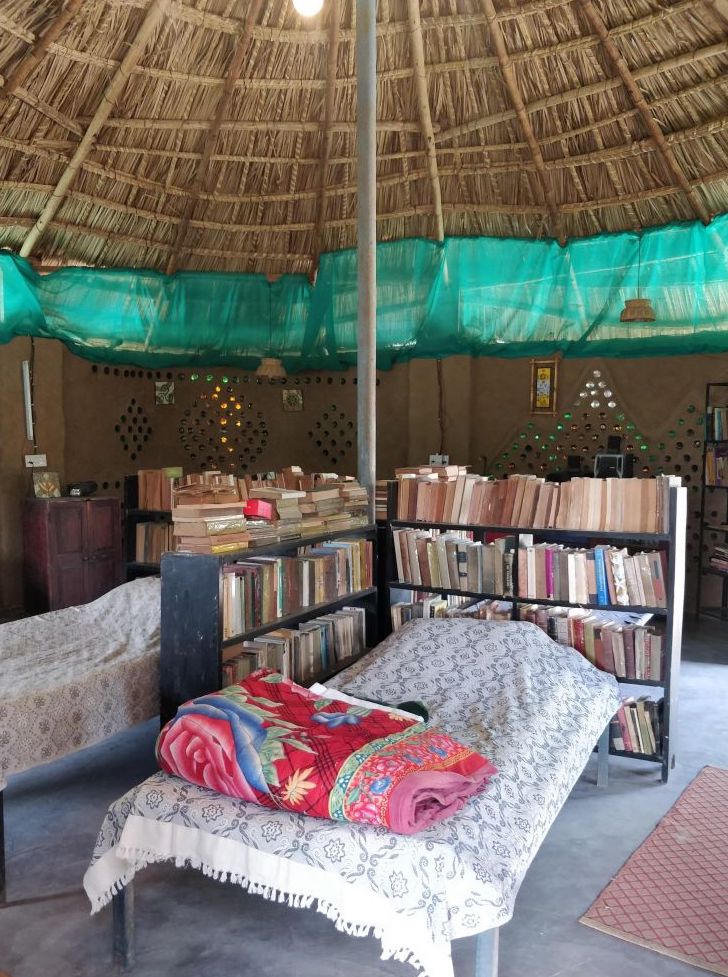
6. The Valleys of the Assassins and Other Persian Travels by Freya Stark (First published 1934)
The English writer Freya Stark is my favourite author this year.
I discovered Freya through the book The Cambridge Companion to Travel Writing. Because I’m so awed by her bravery, travel enthusiasm, honesty, kindness, and the sublimity with which she writes, the review of this book is the hardest of all.
Honestly, I haven’t been able to finish reading the book, yet. I haven’t read any other books of hers though I have downloaded a couple. As I couldn’t find any of Freya’s titles online at that time, I had to download them from PdfDrive.com: a website I reluctantly visit when I am desperate to read a book but can’t get it in India or if only the paperback is available: which I can’t add to my already overflowing cartons of books. Can one keep a library on the go in a car holding all her things?
This legendary book on world travel was not a hard read but it is a big book and reading from the pdf, with its typing errors and abrupt spacing, hasn’t been easy. Ah well!
At the age of 38, Freya set on a journey through Luristan, the mountainous terrain nestled between Iraq and present-day Iran. As, of course, there were no telephones back in 1931 or other fancy modes of transport, or even the sports gadgets and shoes of today, she did this excursion on horseback with local guides, things that she carried from home, and through as many makeshift solutions as were needed to stay on the mountains.
Why did she go so far from her home to wander around a world unknown and unsafe?
As Freya herself said, “But as this book is intended for the Public, and is therefore necessarily truthful, I must admit that for my own part I travelled single-mindedly for fun. I learned my scanty Arabic for fun, and a litde Persian—and then went for the same reason to look for the Assassin castles and the Luristan bronzes in the manner here related.”
Definitely, Freya’s brave and curious spirit stupefied me. She traveled from England through some of the toughest terrains just for curiosity and to see the place and its people. She jumped past every barrier to continue traveling mostly without knowing if she would be alive beyond the next nomad tribe or the steep curve of the wild mountains. To top it all, she wrote about her adventure using some of the most eloquent, poetic, and lyrical language while bringing out the local people in the truest light and telling their side of the story as if she were one of them.
The most thrilling part of the travel memoir was how Freya was perceived because at that time Persia, modern-day Iran, didn’t see any foreign woman explorers. She had the perfect words to describe every situation in which she was singled out as a woman.
“The great and almost only comfort about being a woman is that one can always pretend to be more stupid than one is and no one is surprised.”
Freya Stark is hilarious and probably one of the world’s most underrated writers. Here I am sharing some of my highlights from the book to pique your interest in this unique and one of the best travel books of all time.
“I came to the conclusion that some more ascetic reason than mere enjoyment should be found if one wishes to travel in peace: to do things for fun smacks of levity, immorality almost, in our utilitarian world. A n d though personally I think the world is wrong, and I know in my heart of hearts that it is a most excellent reason to do tilings merely because one likes the doing of them, I would advise all those who wish to see unwrinkled brows in passport offices to start out ready labelled as entomologists, anthropologists, or whatever other – ology they think suitable and propitious.”
“This climbing into a country which is not considered safe is exhilarating, though no sense of peril is possible in so bright sunlight, such radiant solitude, such breadth of mountain ranges under the pale October sky.”
“And it is pleasant now and then to go among people who carry their lives lighdy, w h o do not give too much importance to this transitory world, and are not so taken up with the means of living that no thought and time is left over for the enjoyment of life itself.”
“The land was smiling and prosperous, a rolling stretch of plough, then brown in autumn, but with the pleasant homeliness of man’s labour printed upon it.”
Freya has forever changed how I look at my travels and my writing, thus she has quickly become my favorite travel writer. Her voyages and her books, both make me happy. She wrote two dozen books on her travels during her long life of 100 years. Start reading now.
Get the Valley of Assassins on Amazon
7. Down and Out in Paris and London by George Orwell (First published 1933)
Down and Out is a memoir by George Orwell on surviving in Paris and London without money. In Paris, George works in restaurant kitchens but still remains in near-destitution conditions. In London, he is completely broke and wanders around the city, living on the system along with other tramps. The author doesn’t keep back even the most humiliating information and inhumane conditions in which he lived until he found regular writing work.
The book shreds down our lives to the threads of survival and shows what really matters. It is an essential book on traveling the world for not always our fortune stays on our side. And then what do we do?
George has some insights:
“The Paris slums are a gathering-place for eccentric people—people who have fallen into solitary, half-mad grooves of life and given up trying to be normal or decent. Poverty frees them from ordinary standards of behaviour, just as money frees people from work.”
“When you are approaching poverty, you make one discovery which outweighs some of the others. You discover boredom and mean complications and the beginnings of hunger, but you also discover the great re-deeming feature of poverty: the fact that it annihilates the future. Within certain limits, it is actually true that the less money you have, the less you worry.
8. An Illustrated Journey: Inspiration From the Private Art Journals of Traveling Artists, Illustrators and Designers by Danny Gregory (First published 2013)
An Illustrated Journey has something simple and pure about it. The book is a collection of sketches and writings by artists who travel and draw on location. They don’t do it for anyone. Wherever they go, they draw, sketch, paint. They love it.
Seeing adults all over the world sitting for hours on a small foldable stool over the roadside in the rain and the sun under the watchful eyes of the wayfarers, doing what brings them relief and joy makes me happy and inspires me. The thoughts are simple, the sketches are of everyday scenes and, yet, they are so rich and interesting. The whole process of sketching personalised the place for the artists, and every drawing seemed to me like a private thought of its maker.
I adore this simple bright unusual travelogue. It holds a lot of dreams, sacrifices, courage, and meditations.
Sharing some of the individual artists’ quotes here,
“And the act of filling these travel journals continues to have an effect on the artist when she returns home. Suddenly she sees her mall or her sidewalk as she saw those in foreign climes, her eyes are opened to the everyday things, she becomes an explorer in her own hometown.”
“Through drawing, I discovered the beauty of the ten thousand things around me. I really saw them for the very first time.”
“Travel opens different eyes to different things, shows things we’ve never seen before, shows the world from entirely new angles. ”
“Energy doesn’t come from the pride of having a nice drawing but from the act of drawing it, the act of doing and living in the present, the here and now.”
“Personally, I see anything and everything we create as a travel journal in some way. Even if it isn’t about travel in the physical sense it’s certainly about our journey—and transience—the transience of life. Well, that’s how I see it, anyway.”
“I feel different when traveling because I’m constantly interacting with new and different people. And so the questions that define me become who I am. I think the energy of the place is reflected through my sketchbook.”
Get an Illustrated Journey on Amazon
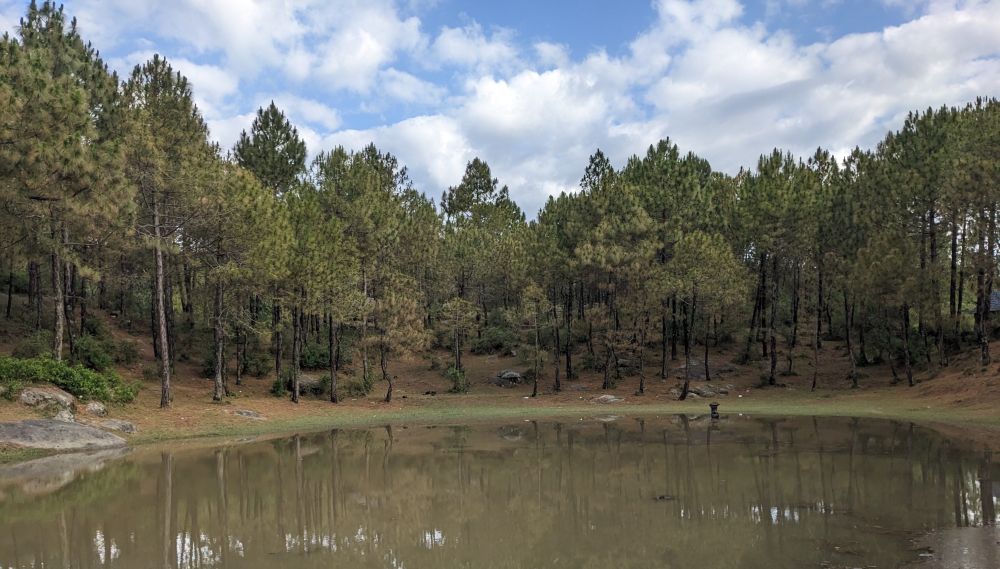
9. Walking in Clouds: A Journey to Mount Kailash and Lake Mansarovar by Kavitha Yaga Bugging (First published 2019)
This travel memoir is not my usual kind of book. Sometimes, it was a bit monotonous. At times, the descriptions of gods, stupas, and beliefs were too far stretched out for me to enjoy them. Or, I found myself judging the hikers for being so unfit and putting even others in danger on their hike to Mount Kailash, the 6,600-metre-high snow-covered mountain.
I’m including this book here because, despite everything I said above, I still enjoyed parts of it. When I couldn’t read through some descriptions, I skipped them. If the author and her group weren’t being the best trekkers, I tried to understand that they hadn’t prepared for the journey. I still didn’t put the book down for the honesty and grit of the memoirist who acknowledges her shortcomings and tries to come to terms with them. Everyone keeps going, despite the harshness of the journey and of their own limitations. Not everyone makes it to the end.
But then a hiker says,
“‘I don’t think it is about competing. If you are not strong enough, so what? It does not matter. If you need help, hire a porter. If you can’t walk, ride a pony. If you can’t go fast, go slow. It is not about being first or being strong or taking it as a challenge. Do the journey however you can do it. Don’t let other people stop you.’”
And I think about the idea. I don’t want to be the weak one. That’s why I like the thought more because it allows for some human weakness. Whenever I was the last one on a hike, or when I complained on a tough trek (as on the Chilean volcano Villarrica), I had friends who didn’t judge me but encouraged me. I have never left a hike in between but not because I was always strong. I could reach the top because others had trust in me and their faith pushed me to go on. Even when we are not the best at something, we don’t have to surrender. One day, we are better and stronger. What’s there in quitting anyhow?
If you really can’t finish something? Kavitha offered insight upon receiving a chocolate which was to be given at the summit of Kailash but she got it even though she couldn’t do the last stretch of the journey: “Perhaps the point of the chocolate is to celebrate endings of all kinds, no matter how they have been reached.”
Perhaps it was.
10. A Month In The Country by J. L. Carr (First published 1980)
A Month in the Country is an extraordinary kind of book. The setting is 1920, and a war-return soldier who is also trained as a restorer of medieval murals arrives in a Yorkshire village. His job is to uncover the whitewashed-over fourteenth-century painting on the wall of the village church. He is left to work on his own, and he insists on living in the bell tower. There’s another fellow hired to uncover a hidden/lost grave in the churchyard. The two men become friends. As the painting restorer uncovers the mural slowly and steadily, the villagers start warming up to him. They come to visit him as he works, bring him food, call him home for supper, and take him to outings. He finds himself ambling around the countryside and visiting the homes of sick friends. From his past life of war and the pain of his wife leaving him, he is skipping along, tugging at the hand of this new village, new people, and all the beauty that has come with everything.
But, it is not to last. The project ends. Desires are kept within hearts. Goodbyes are said. He is going back to his wife who wants him back. He knows it won’t last but he still goes. And we wonder why he does that. Why doesn’t he continue moving on?
I cannot tell but these lines bring me peace,
“We can ask and ask but we can’t have again what once seemed ours for ever – the way things looked, that church alone in the fields, a bed on a belfry floor, a remembered voice, the touch of a hand, a loved face. They’ve gone and you can only wait for the pain to pass.”
J. L. Carr
This is a beautiful fiction travel book on the simplicity and the ephemeral nature of life and showed me that one can live in the now, without it being connected with your past or future. And that’s sometimes the essence of travel. We move through places where we might never return. For what? For that moment only.
A Month In The Country on Amazon
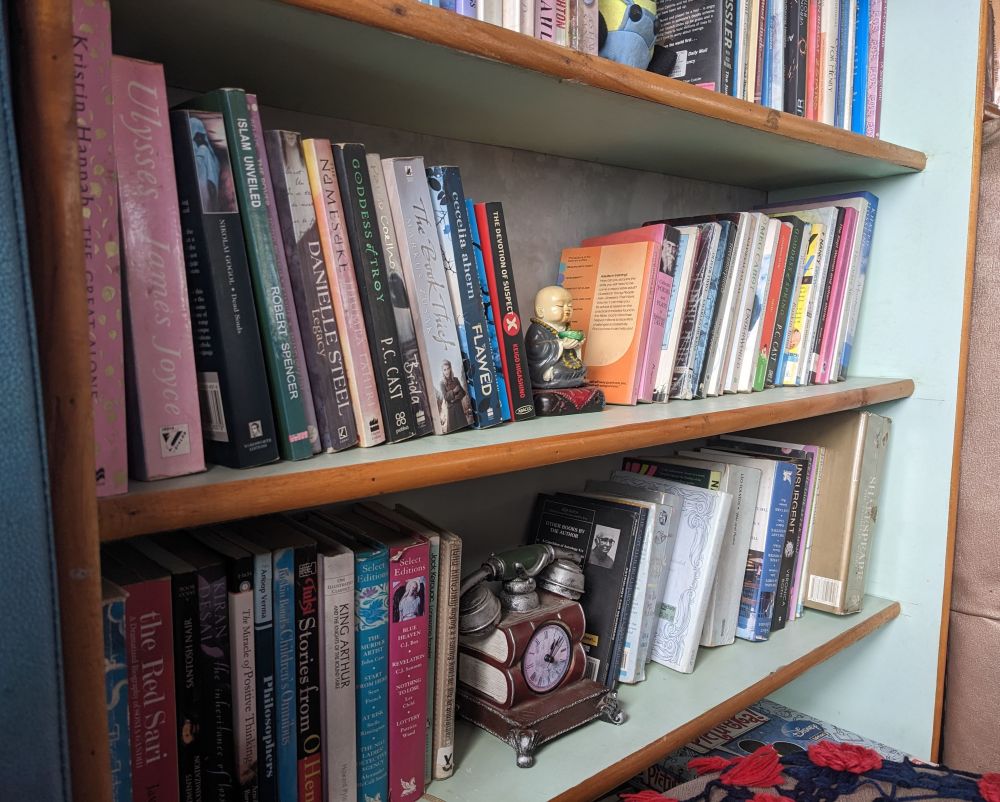
Some other books about traveling the world,
11. A Simple Life: Living off grid in a wooden cabin in France by Mary-Jane Houlton (First Published 2021)
A Simple Life is Mary-Jane’s travel memoir of buying a wooden cabin in France’s countryside and making her life there. The author and her husband set up a completely off-the-grid house with a compostable toilet that has no running water. Not only did they design the interiors and do all the fittings themselves, but the couple even set up their water and electricity supply themselves, learning how to do it on the go. They are not in a crowded neighborhood—Mary-Jane mostly talks about two neighbors who are also not so close by—and they leave most of their forested yard untouched so the wild animals, birds, and insects continue roaming around in it.
This nature-dipped book not only teaches us to set up a home in the wilderness all by ourselves, but it also shows how one makes the internal shifts and changes needed to survive in a new country and amongst strange people (You might find this piece on my Diwali in Chile hilarious, if you like this sort of thing). I enjoyed the travelogue immensely and learned a lot from it.
12. An Innocent Abroad: Life-Changing Trips from 35 Great Writers Edited by Don Gorge (First published 2014)
In this collection of travel and adventure, everything that can go wrong goes wrong, and then some more. Read the anthology for adventure, thrill, entertainment, and the unknown, to know that nothing is in our control, and also to understand that we can take the seemingly uncool way at times.
“As long as we continue to venture into unfamiliar situations, to open our hearts and minds to foreign ways, as long as we are able to keep losing our innocence abroad, that innocence will never end – and our appreciation of the world, our embrace of this unembraceable whole, will extend, and extend, and extend.”
Don Gorge
Get An Innocent Abroad on Amazon
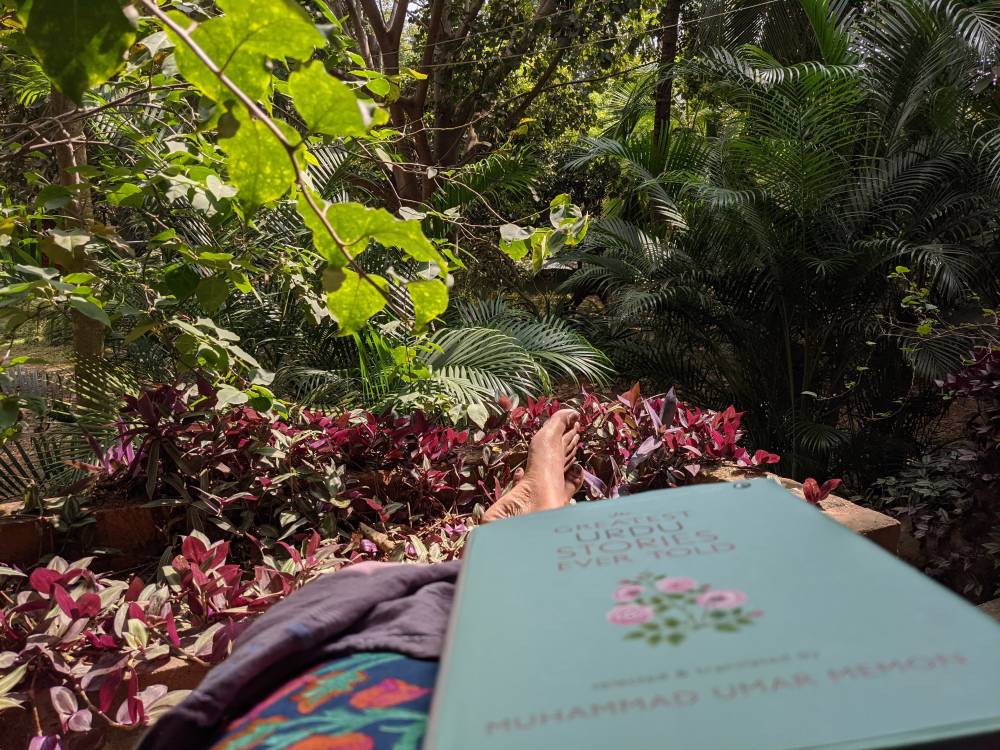
13. Better Than Fiction: True Travel Tales From Great Fiction Writer Edited by Don Gorge (First Published 2012)
Another great collection of world travel stories each one of which shows how abundant, limitless, and magical this world is—if only we would just step out and look up or around.
This quote from the book sums up my feelings about what this travel book does to the reader—“But it’s my one night in Old Bombay that I remember most vividly, that I turn to in my quiet moments as proof that the world is as weird and sad and beautiful as I would have it be, and that my place in it is as inevitable as the wind in the trees.”
And this one too,
“I now see that learning is just a gradual revelation of how deep our ignorance really is.”
14. By the Seat of My Pants Edited by Don Gorge (First Published 2016)
Aptly described as humorous tales of travel and misadventure, this is one of my favourite books on travel. Every story is better than the previous one, and then you read the other way around and feel the same way.
But one lesson is universal in the book—travel is exciting: unexpected things will happen. When they happen, you have to make do. Even if you cry and holler or if you laugh and work out, eventually life moves on—as it is in its nature—and you find yourself in a new situation or in your hotel room and wonder what the hell just happened to you. Such is life, and travel gives a tight ride.
Claim your copy of By the Seat of My Pants on Amazon
Travel Books I’m Currently Reading:
- Travels with Charley by John Steinback
- All God’s Children Need Travelling Shoes by Maya Angelou
- The Cambridge Companion to Travel Writing (Cambridge Companions to Literature)
- Journey_ An Illustrated History of Travel
- Home in the World A Memoir Amartya Sen
- My First Summer in the Sierra by John Muir
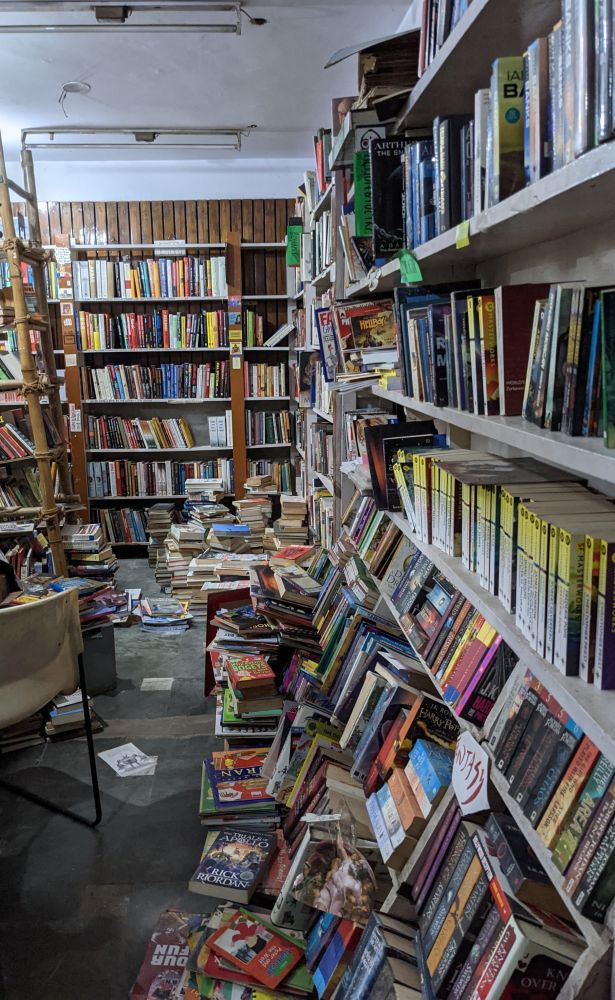
What are some of your best books on traveling? Do tell me in comments.
*****
My much-awaited travel memoir
Journeys Beyond and Within…
is here!
In my usual self-deprecating, vivid narrative style (that you love so much, ahem), I have put out my most unusual and challenging adventures. Embarrassingly honest, witty, and introspective, the book will entertain you if not also inspire you to travel, rediscover home, and leap over the boundaries.
Grab your copy now!
Ebook, paperback, and hardcase available on Amazon worldwide. Make some ice tea and get reading 🙂
*****
*****
Want similar inspiration and ideas in your inbox? Subscribe to my free weekly newsletter "Looking Inwards"!

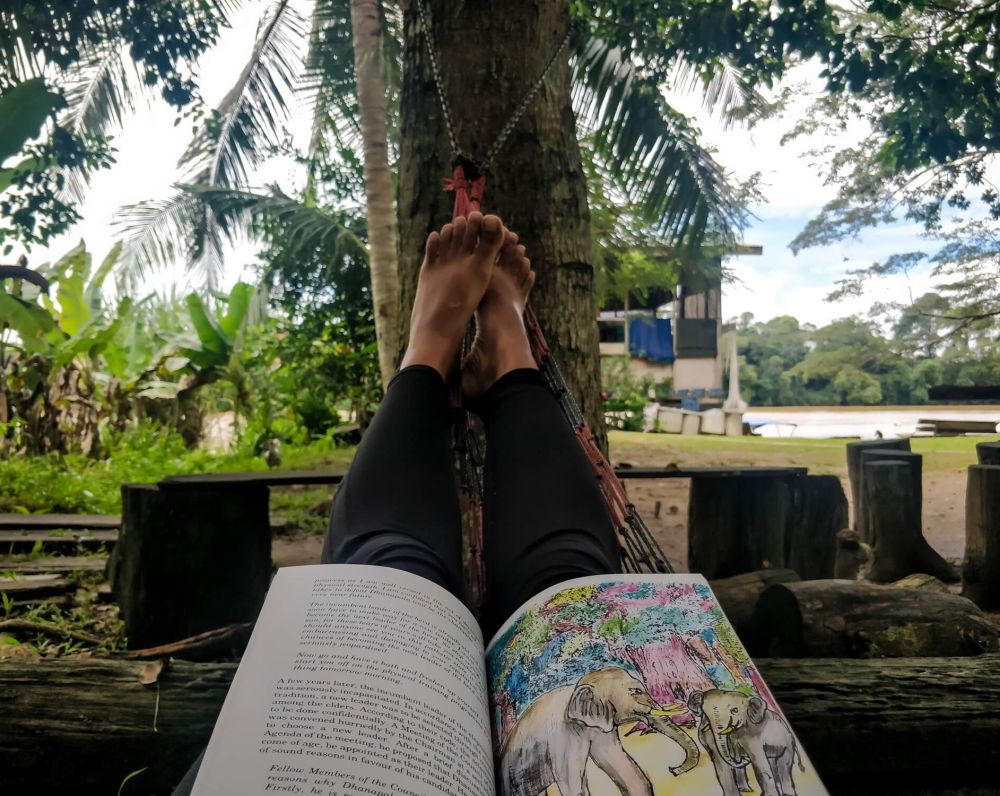
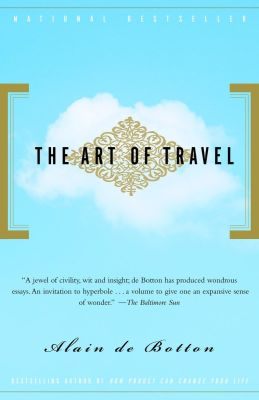
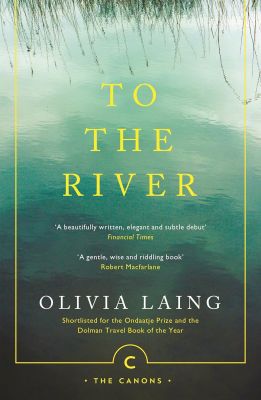
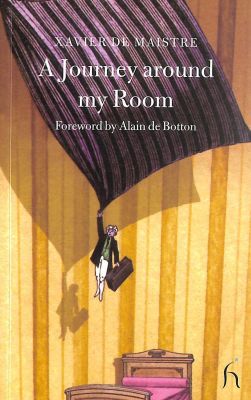

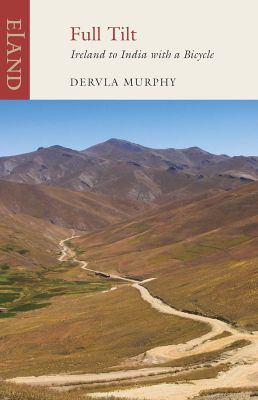
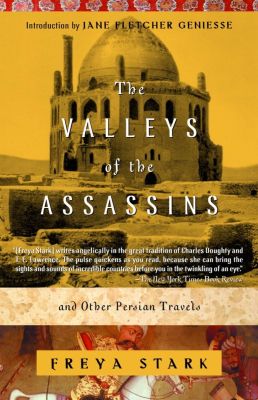
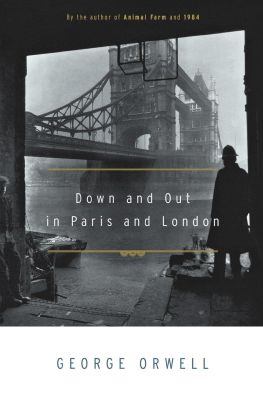
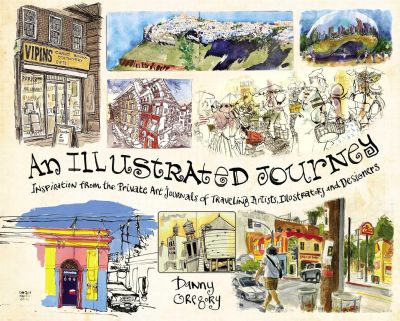
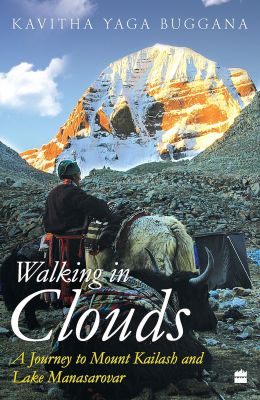
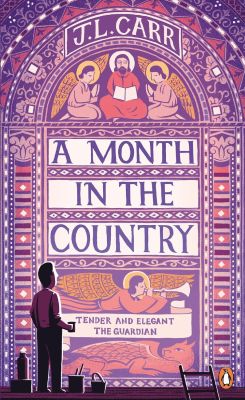
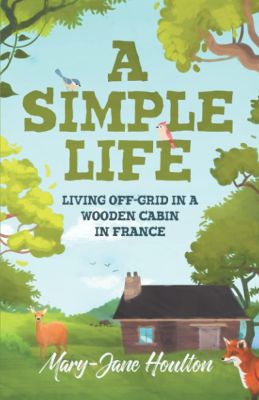

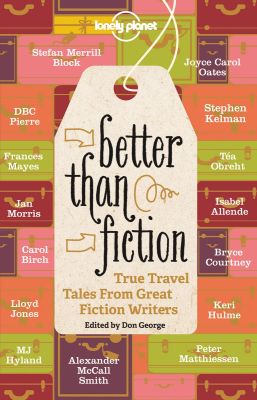
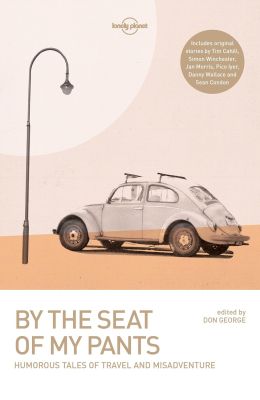
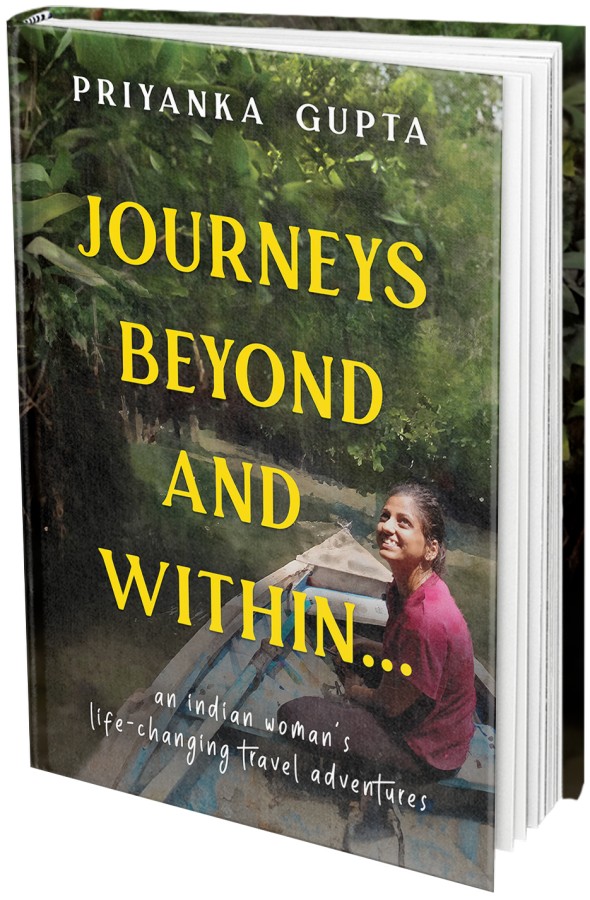
dear priyanka
nice list of travel books
thanks
i will search through them and find what suits me for reading
two of the following you should also look upon
1 love with the risk of drowings by tores de roche takes you to a beautiful trip in south pacific
2 the motor cycle diaries , if you have seen south america
thanks
rahul
thanks Rahul. I have read your second recommendation and will look through the first one.